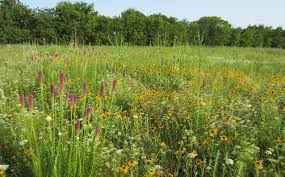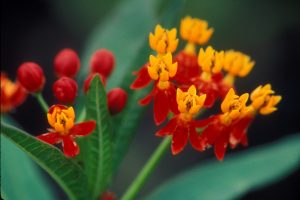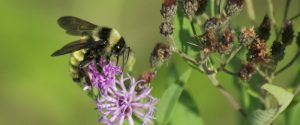#POLLINATORWEEK: Helping Pollinators Help Us
Friday, June 22nd, 2018This is Passport to Texas
Insects…as well as some birds and small mammals… pollinate 80% of native plants in Texas. Without them…
Not to go apocalyptic, but it’s not an exaggeration to say the landscape would be unrecognizable without pollinators.
Texas Parks and Wildlife invertebrate biologist Ben Hutchins says pollinators are in decline, primarily due to changes in habitat.
And so, those characteristic landscapes: the west Texas desert in bloom; or the prairies or the grasslands of North Texas or the Hill Country—those flowering plants wouldn’t persist without pollinators.
There’s something we can all do to bolster pollinator populations.
One of the easiest things to do if you’re in an urban or suburban environment—in rural areas as well—is be on the lookout for native flowering plants that you can plant in a window[box] garden, or in your yard, or along fence rows. Our native pollinators, they’re going to be active early spring through late fall; so we have to think about when these flowers are blooming and provide flowers for these bees and other pollinators in the spring, summer and fall.
Find pollinator resources on the Texas Parks and Wildlife website.
The Wildlife Restoration program supports our series.
For Texas Parks and Wildlife, I’m Cecilia Nasti







 Passport to Texas is a
Passport to Texas is a  Passport to Texas is made available by:
Passport to Texas is made available by: